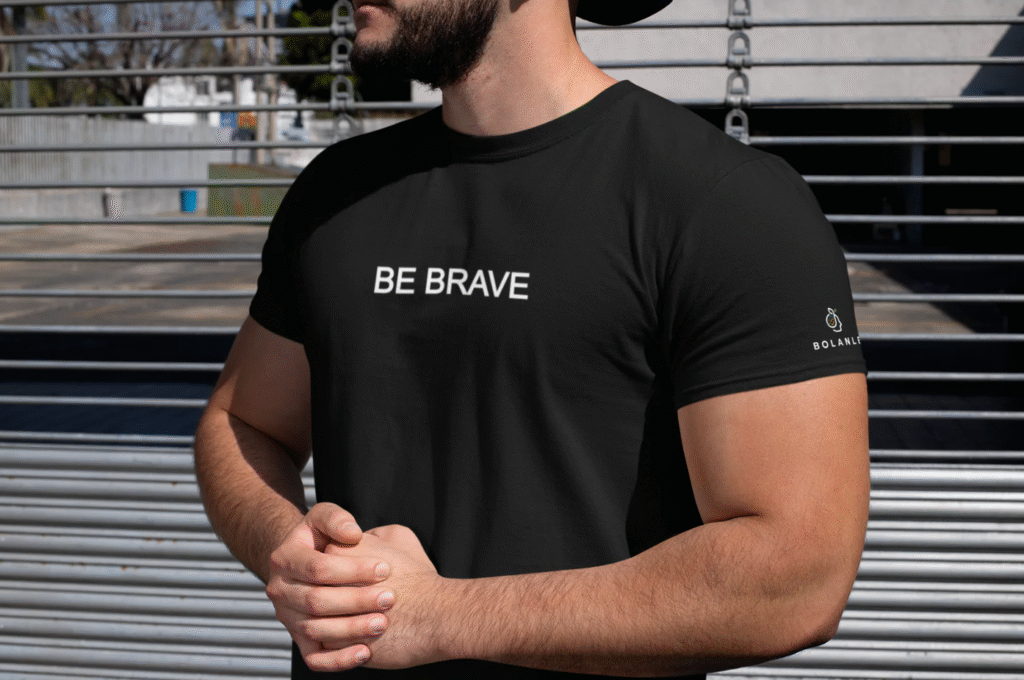Entertainment
Hollywood Stars Flock to Houston as Texas Film Industry Booms
Houston is quickly becoming the new epicenter of film and television production, drawing Hollywood stars and major projects to the heart of Texas. With the state’s renewed push for robust film incentives and a groundswell of support from celebrities like Matthew McConaughey, Dennis Quaid, and Woody Harrelson, the city is experiencing a renaissance that is transforming its creative landscape.
A New Era for Houston’s Film Scene
Texas, and Houston in particular, is seeing a surge in both independent and big-budget productions. The city’s diverse locations, welcoming community, and ample studio space are attracting filmmakers who previously might have overlooked the region. As producer Shawn Welling notes, “Houston is bigger, and it’s got a lot more money to invest in projects like this,” highlighting the city’s unique blend of resources and hospitality.

This boom is not just about big names and blockbuster budgets. It’s also about building a sustainable industry that creates jobs, fosters local talent, and enriches the community. As Dennis Quaid and other stars have emphasized, the growth of the film sector in Texas means more opportunities for everyone-from crew members to local businesses.
Education and Training: The Foundation of Houston’s Film Future
Central to Houston’s rise as a film hub is its commitment to education and professional development. Coble Studios stands out as a premier destination for filmmakers seeking real-world training and industry connections. Offering courses taught by Emmy and Academy Award-winning professionals, Coble Studios provides hands-on instruction in everything from directing and cinematography to screenwriting and production design. Their certification programs are designed to help both newcomers and experienced professionals advance their careers and connect with job opportunities in the industry.
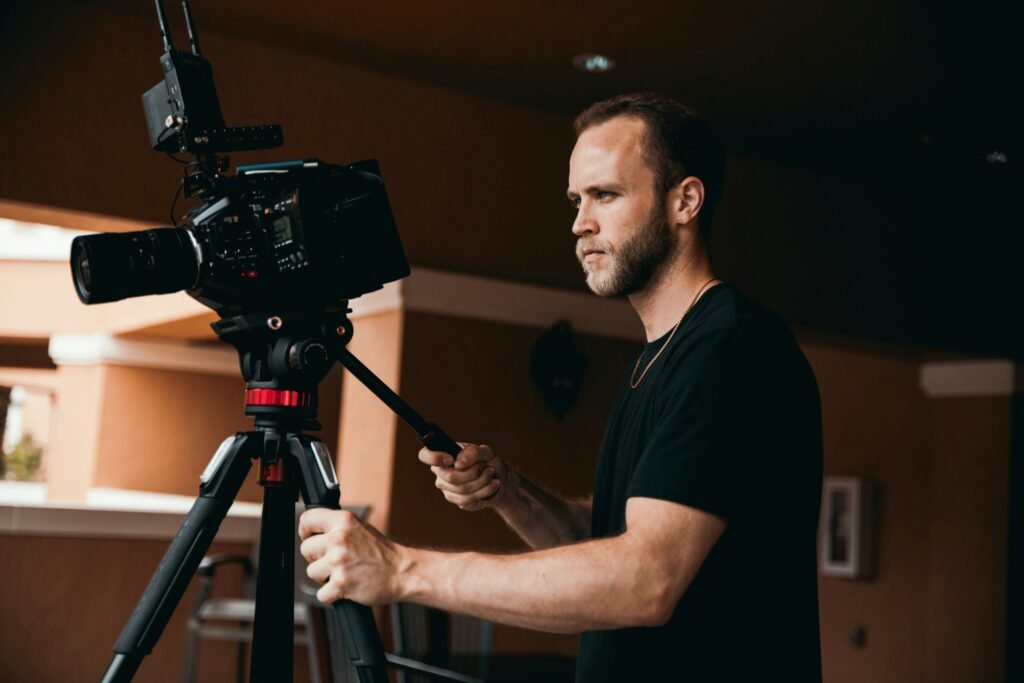
Bolanle Media is another key player supporting the city’s creative ecosystem. Through partnerships with events like the Houston Comedy Film Festival, Bolanle Media offers workshops, masterclasses, and networking sessions that empower aspiring filmmakers and screenwriters to hone their craft and build lasting industry relationships. These educational initiatives are vital, as a recent survey found that 85% of filmmakers seek community and ongoing training to succeed in the rapidly evolving entertainment landscape.
A Strategic Hub for the Next Generation of Filmmakers
With industry leaders like Coble Studios and Bolanle Media at the forefront, Houston is not just attracting Hollywood productions-it’s cultivating the next generation of talent. The city’s commitment to education, innovation, and community makes it an ideal destination for filmmakers looking to learn, create, and thrive.
As Texas continues to invest in its film industry, Houston’s star is only set to rise. For filmmakers, actors, and industry professionals, the message is clear: the future of film is in Houston, and the doors are wide open for those ready to be part of its story.
For more updates on entertainment, business, and culture, stay tuned to Bolanle Media.
Bolanle Media covers a wide range of topics, including film, technology, and culture. Our team creates easy-to-understand articles and news pieces that keep readers informed about the latest trends and events. If you’re looking for press coverage or want to share your story with a wider audience, we’d love to hear from you! Contact us today to discuss how we can help bring your news to life
Business
Paramount Seals $7.7B Deal for Exclusive UFC Streaming Rights

Paramount Global has secured the exclusive U.S. rights to the Ultimate Fighting Championship (UFC) in a groundbreaking deal worth $7.7 billion over seven years, beginning in 2026. This agreement marks a major shift in UFC’s distribution, moving away from the traditional pay-per-view model currently offered by ESPN to a new streaming-focused strategy centered on Paramount’s platform, Paramount+. All 43 annual UFC live events, including 13 major numbered events and 30 Fight Nights, will be available exclusively on Paramount+ at no additional cost to subscribers, with select marquee events also simulcast on the CBS broadcast network.

The deal comes just days after Paramount completed its merger with Skydance Media and represents the company’s first major sports rights acquisition under its new leadership. Paramount CEO David Ellison emphasized the uniqueness of partnering exclusively with a global sports powerhouse like UFC, highlighting the move as a key part of Paramount’s strategy to enhance viewer engagement and grow its streaming subscriber base.
For UFC, the deal ends the pay-per-view model common in the sport, greatly increasing accessibility for fans and potentially expanding the sport’s U.S. audience. The contract also doubles the yearly average payment compared to the $550 million ESPN currently pays, reflecting the growing value and popularity of UFC content.
TKO Group Holdings, UFC’s parent company, sees this agreement as a milestone in their decade-long growth, with TKO’s CEO Ari Emanuel affirming trust in Paramount’s vision to leverage technology to improve storytelling and the viewing experience.
This landmark deal reflects the rapidly evolving sports media landscape, with streaming services increasingly vying for premium content to attract and retain subscribers. Paramount’s move to bring UFC to its platform exclusively is a strong statement of commitment to live sports as a vital driver of engagement in the streaming age.
Key Points:
- Paramount secured UFC U.S. media rights for $7.7 billion over 7 years, starting 2026.
- UFC events will be exclusively streamed on Paramount+, ending ESPN’s pay-per-view model.
- The deal includes 13 major numbered events and 30 Fight Nights annually.
- Some marquee events will also air on CBS broadcast TV.
- The yearly payment doubles ESPN’s previous contract.
- The deal was announced shortly after Paramount’s merger with Skydance.
- Paramount aims to use UFC to boost Paramount+ subscriber growth and engagement.
- TKO Group (UFC parent company) supports the deal and foresees enhanced tech-enabled storytelling.
- Streaming services continue to disrupt traditional sports broadcasting models.
Entertainment
Why We Tear Down “It Girls”

The world is captivated whenever a fresh face rises in pop culture—the new “It Girl” who seems to define a moment. But time and again, after her meteoric ascent, we witness a harsh cultural backlash: admiration sours to criticism, and yesterday’s darling becomes today’s scapegoat. Why does this happen? What’s at the root of this cycle, and what does it reveal about society?

The Life Cycle of the “It Girl”: Rise, Backlash, and Redemption
There’s a very specific pattern that plays out every time a new It Girl rises to fame, and once you know the script, it’s hard to unsee it. First, someone new bursts onto the scene—quirky, talented, aesthetically fresh, or simply perfectly suited for the moment. Think back: Marilyn Monroe in the 1950s, Bridget Bardot in the ’60s, Madonna in the ’80s, Winona Ryder and the supermodels of the ’90s, the chaotic trifecta of Paris Hilton, Britney Spears, and Lindsay Lohan in the 2000s, and the likes of Jennifer Lawrence, Anne Hathaway, Beyoncé, Megan Fox, and Taylor Swift in the 2010s and beyond.

What unites these women? Each was initially celebrated for relatability, beauty, or the cultural “it” factor. At the start (the rise), we love their newness and their rawness. We root for them because we see ourselves in their journey.
But then comes ubiquity. Suddenly, they’re everywhere—on TV, in interviews, brand deals, billboards, and social feeds. The same quirks and qualities that felt so fresh start to seem manufactured. Is that goofiness real or an act? Is the elegance authentic or smug? The public begins to question everything.

This overexposure is the tipping point. Think pieces, memes, and online debates start swirling. The fascination turns, and the third phase—backlash—begins. Criticism snowballs. Former fans become skeptics, and everyone wants to be the first to say she’s “annoying,” “overhyped,” or “problematic.” For example, Jennifer Lawrence was accused of being too relatable to the point of inauthenticity, Anne Hathaway was labeled a “try-hard,” while even Beyoncé once faced criticism for being too perfect.
Some “It Girls” endure and reach a fourth phase: redemption. They go dark for a while, rebrand, or reclaim their own story—like Anne Hathaway returning as a confident fashion icon with playful self-awareness, or Taylor Swift making her comeback narrative the center of her brand. The pattern holds, but so do the opportunities for reinvention.
Why Does This Cycle Keep Happening?
1. We Resent Overexposure
Culture loves to discover new talent, but society quickly sours when someone becomes omnipresent. What was once new and exciting becomes overfamiliar and irritating. We crave novelty, and when it’s gone, our affection fades.
2. Cultural Projection and Betrayal
The “It Girl” often mirrors the mood or aspirations of the times. When she evolves or outgrows her initial persona, fans feel betrayed—as if she owed them consistency, even when change is part of any creative journey.
3. Sexism and Double Standards
Underlying this pattern is deep-seated gender bias. Women in the spotlight are scrutinized for taking up space, expressing ambition, or simply changing. Criticisms often focus on confidence, ambition, or perfection—traits celebrated in men but policed in women.
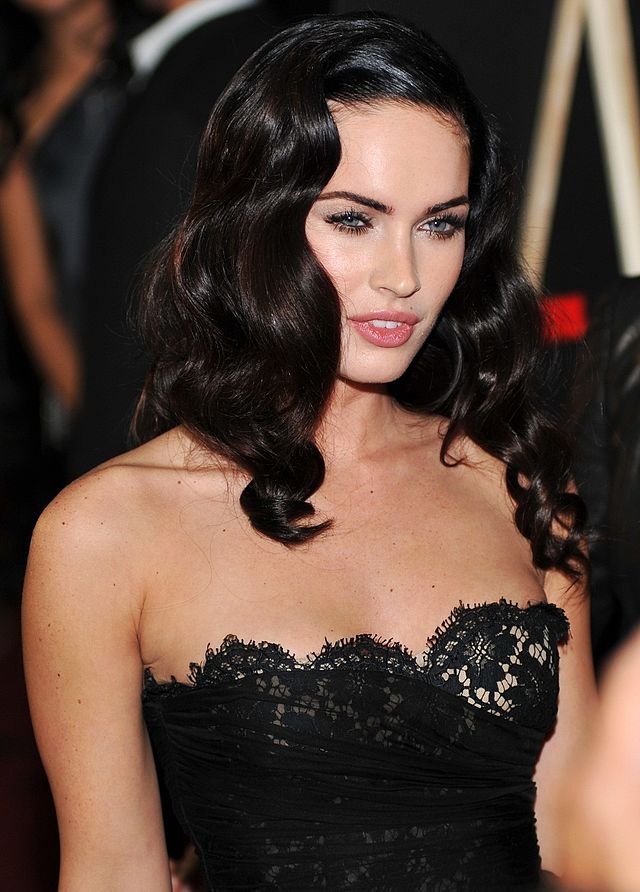
What Can We Learn from the “It Girl” Cycle?
- Relatability Isn’t Everything: Building a brand on relatability alone is risky. Once success arrives, stars must be ready to pivot, understanding that public perception will inevitably change.
- Control Your Narrative: The celebrities who survive the backlash are those who actively reclaim their own stories—by leaning into reinvention, vulnerability, or even retreating from the spotlight to return on their own terms.
- Backlash Is Not Personal: For creators and public figures, it’s essential to recognize that backlash often reflects broader societal discomfort, not individual shortcomings.
- Substance Over Hype: The stars who weather the storm are those whose talents, mission, or depth give people a reason to care even when the hype fades.
- Redemption is Possible: Whether through humor, honesty, or strategic evolution, many “It Girls” have staged comebacks by owning their flaws and redefining their brand.
Conclusion
The cycle of building up and tearing down “It Girls” reveals as much about culture as it does about individuals. It’s a mirror of how we handle novelty, project our ideals, and how gender shapes our collective narratives. This pattern may persist, but awareness is the first step in breaking it—championing growth, complexity, and real support for women beyond their hottest moment in the sun.
Entertainment
Why Artists Are TERRIFIED of Sony (MJ Tried to Warn Us)
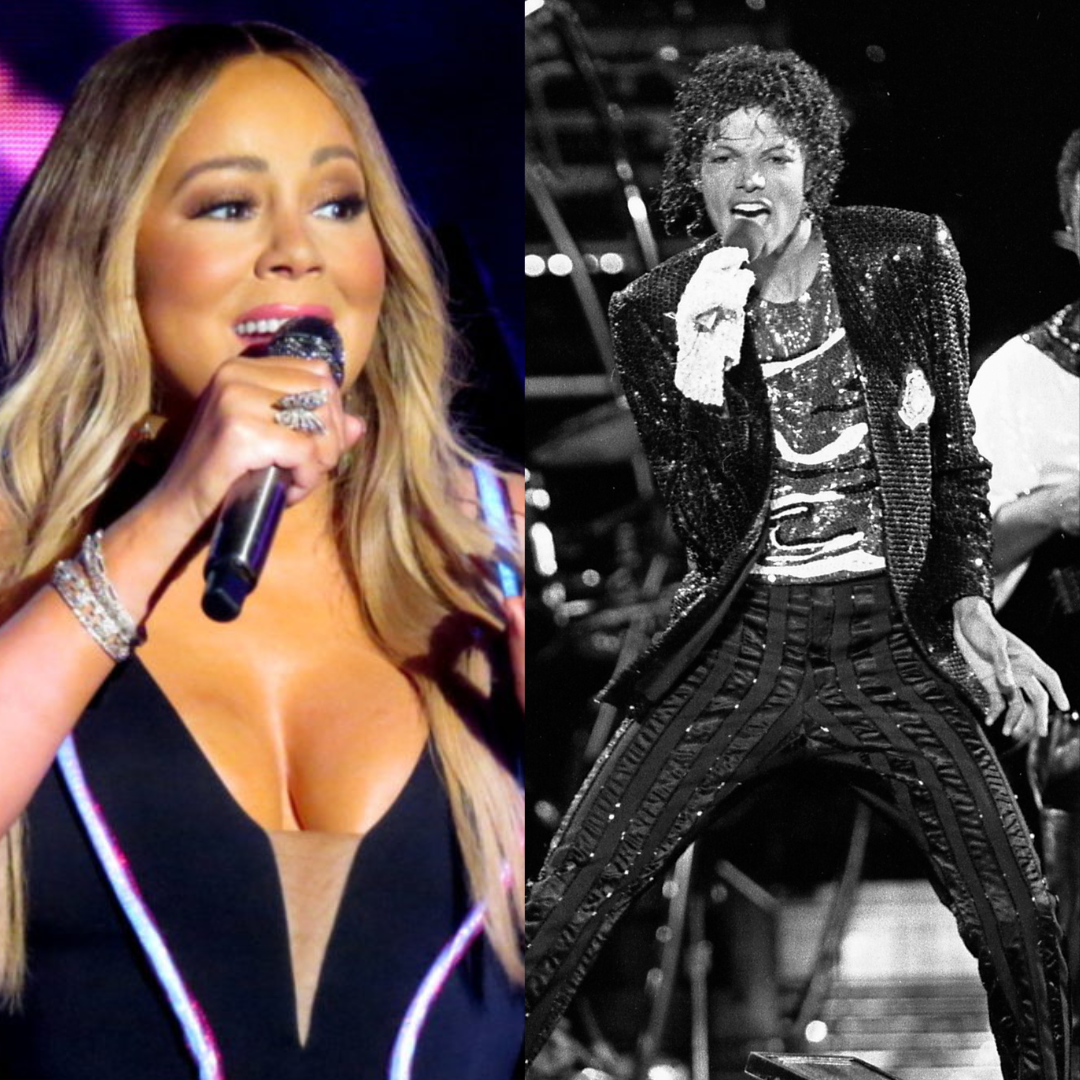
The world of music is filled with glitter, fame, and the promise of dreams fulfilled. But behind the dazzling lights, many artists have encountered a much darker reality—one defined by control, intimidation, and power struggles with the very company that helped launch their careers. Few music corporations cast a longer shadow than Sony Music Entertainment, and as the stories of countless artists reveal, the price of success can be disturbingly high.
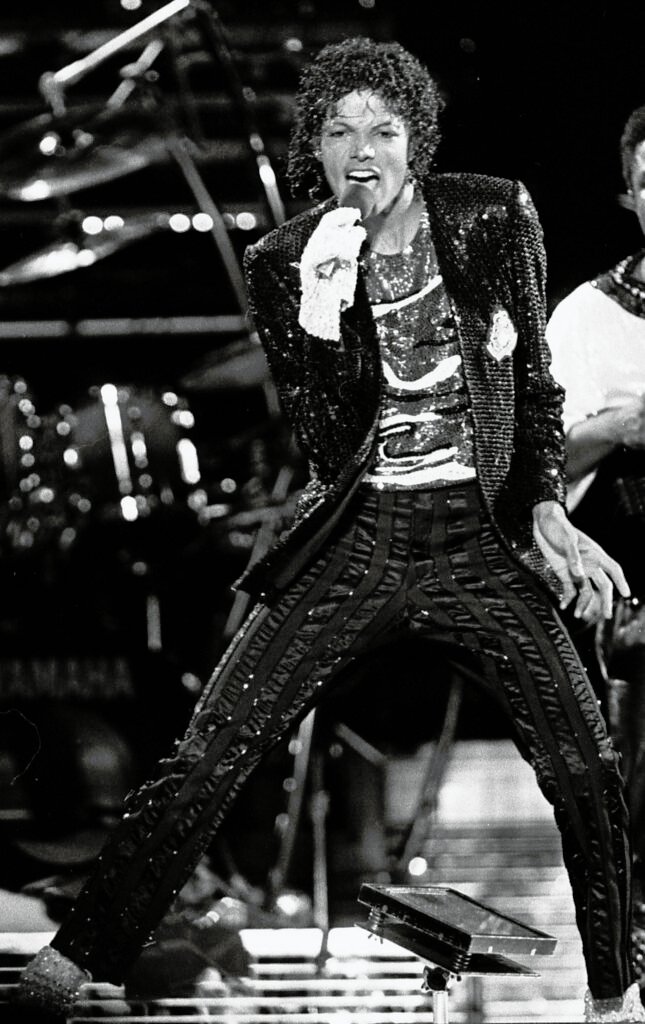
Michael Jackson Sounded the Alarm
It was 2002 in Harlem when Michael Jackson—the King of Pop—stood before a crowd, not to perform, but to warn. Frustrated and angry, Jackson called out Sony Music and its then-president, Tommy Mottola, describing behind-the-scenes battles that most fans never saw. At the heart of the feud: control over creative output and, more crucially, control over song publishing rights.
Jackson’s relationship with Sony began as a partnership, but after he secured a stake in ATV Music Publishing (which he later merged with Sony to form Sony/ATV), the value of his involvement soared. When he wanted to leave Sony and operate independently, the company allegedly began undermining his projects, under-promoting his 2001 album Invincible despite huge production costs. Jackson publicly accused Sony of trying to force him into default so the company could seize his valuable catalog—a suspicion later lent weight when Sony, following Jackson’s passing, acquired his estate’s share of the publishing rights.
Contracts as Cages
Jackson’s warnings weren’t isolated. His story is just one in a long line of artist conflicts with Sony. The pattern often begins with a young, gifted artist signing a contract in pursuit of fame. As they succeed and pursue creative freedom, their desire for more say over their own music runs headlong into corporate interests. At that point, many say the company reveals its true, more menacing face.

Kesha’s battle with Sony and Dr. Luke made headlines worldwide. Trapped in a contract with her alleged abuser, Kesha pleaded for her freedom, only to be told her artistic fate lay outside Sony’s control—despite the label’s clear influence. For five years, Kesha’s professional and personal life were left in limbo, illuminating how ironclad contracts could be wielded as weapons rather than partnerships in pursuit of art.
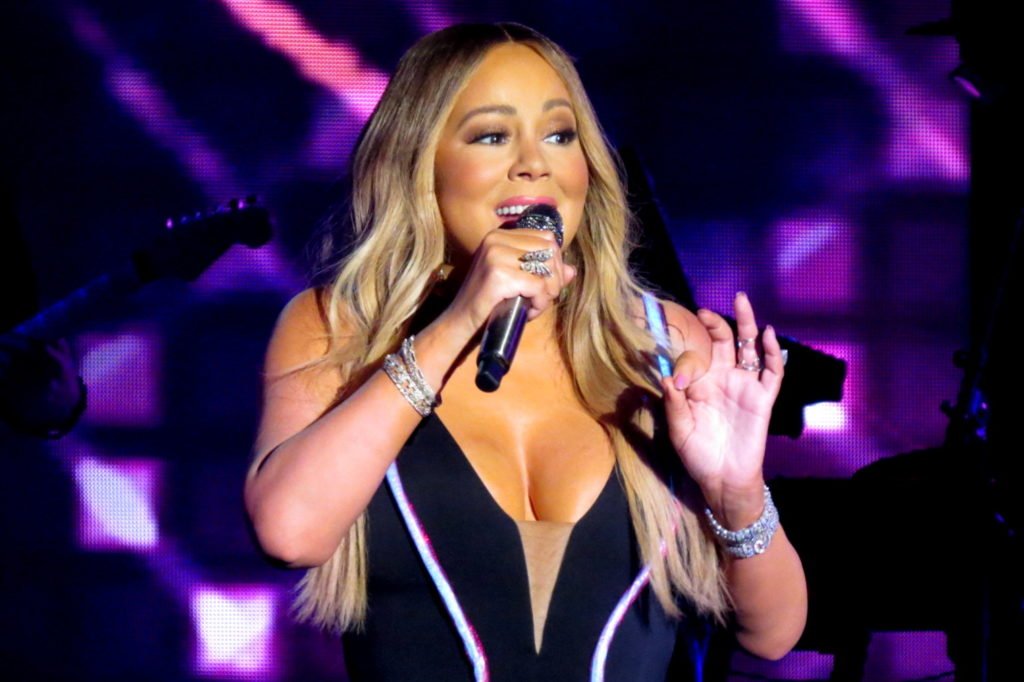
Mariah Carey, George Michael, and Kelly Clarkson all waged their own wars for agency and creative control. Many faced sabotage: withheld promotion, negative press, and stalling tactics that left their careers in jeopardy unless they bowed to corporate demands. Mariah Carey described her relationship with Mottola and Sony as stifling, likening her existence to captivity. George Michael lost a landmark legal battle in the ’90s, calling his multi-year, multi-album contract “professional slavery”—and choosing to sit out his own career rather than continue as Sony’s property.

Beyond the Superstars
These high-profile cases are only the tip of the iceberg. Sony’s sprawling catalog and control over song publishing rights mean that even behind-the-scenes producers, songwriters, and rising artists often find themselves locked in deals they come to regret. With settlements and non-disclosure agreements hiding many details from the public, the true scale of artists’ struggles within Sony’s empire is likely much greater than what has reached the headlines.
Artists have reported:
- Contracts that tie them to the company for years or albums beyond reasonable career spans.
- Loss of ownership of masters and publishing rights, even for songs they wrote.
- Deliberate under-promotion or shelving of projects if they don’t comply with corporate wishes.
- Public relations attacks framing artists as “difficult” or “ungrateful” to shift blame and control the narrative.
Why Are Artists Still Signing?
Sony’s resources, marketing reach, and legendary history make it hard for new musicians to turn away. When a record executive dangles promises of fame and distribution, it’s little wonder artists still sign. But as Jackson and so many others have shown, those contracts often come with fine print that can bind, silence, and control—for years.
A Changing Landscape?
In recent years, more artists are speaking out, advocating for fairer contracts, more artist ownership, and creative freedom. Independent releases, re-recording old catalogs (like Taylor Swift), and public advocacy are starting to shift the balance. But the legacy of Sony’s tactics—and Jackson’s public warning—remains a cautionary tale.
When artists as varied as Michael Jackson, Kesha, George Michael, and Mariah Carey all say the same thing—that power in the music industry can become a weapon—the world should listen. The next generation of artists may be more empowered and aware, but the lessons of the past, and the warnings of those who lived it, remain more relevant than ever.

 News4 weeks ago
News4 weeks agoIran’s $40 Million Bounty on Trump Explained

 Entertainment4 weeks ago
Entertainment4 weeks agoBehind the Scenes of Neighborhood Watch

 News3 weeks ago
News3 weeks agoNew 2025 Travel Rules That Could Get You Denied Entry to Mexico

 Entertainment3 weeks ago
Entertainment3 weeks agoCBS Cancels ‘The Late Show’ with Stephen Colbert

 Entertainment3 weeks ago
Entertainment3 weeks agoDakarai Akil: Reinventing Success from the Court to the Camera

 Advice4 weeks ago
Advice4 weeks ago12 Essential Camera Angles for Cinematic Storytelling

 News4 weeks ago
News4 weeks agoBlake: Champion for the Next Generation

 News2 weeks ago
News2 weeks agoCiara Granted Benin Citizenship in Powerful Homecoming



















